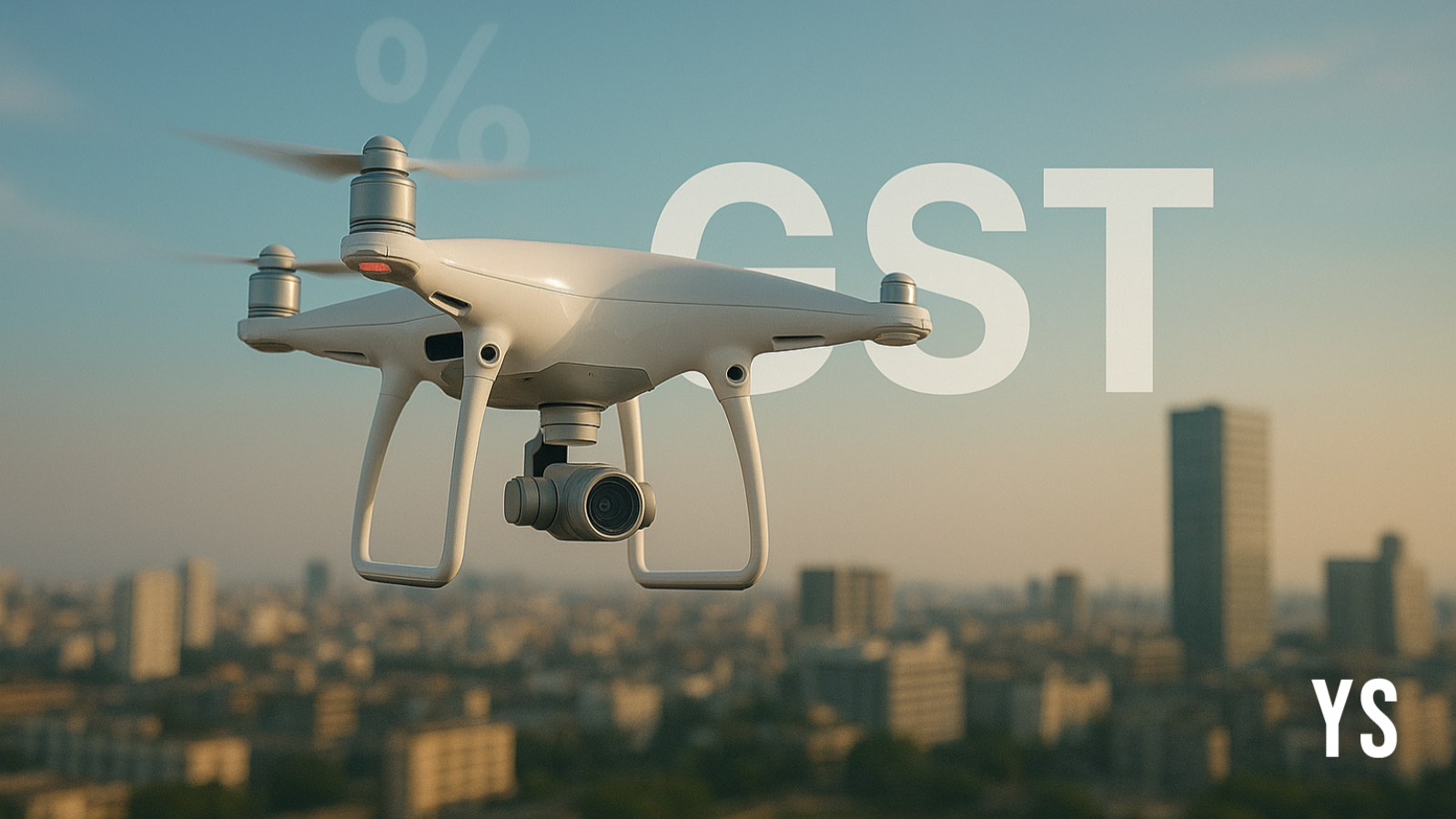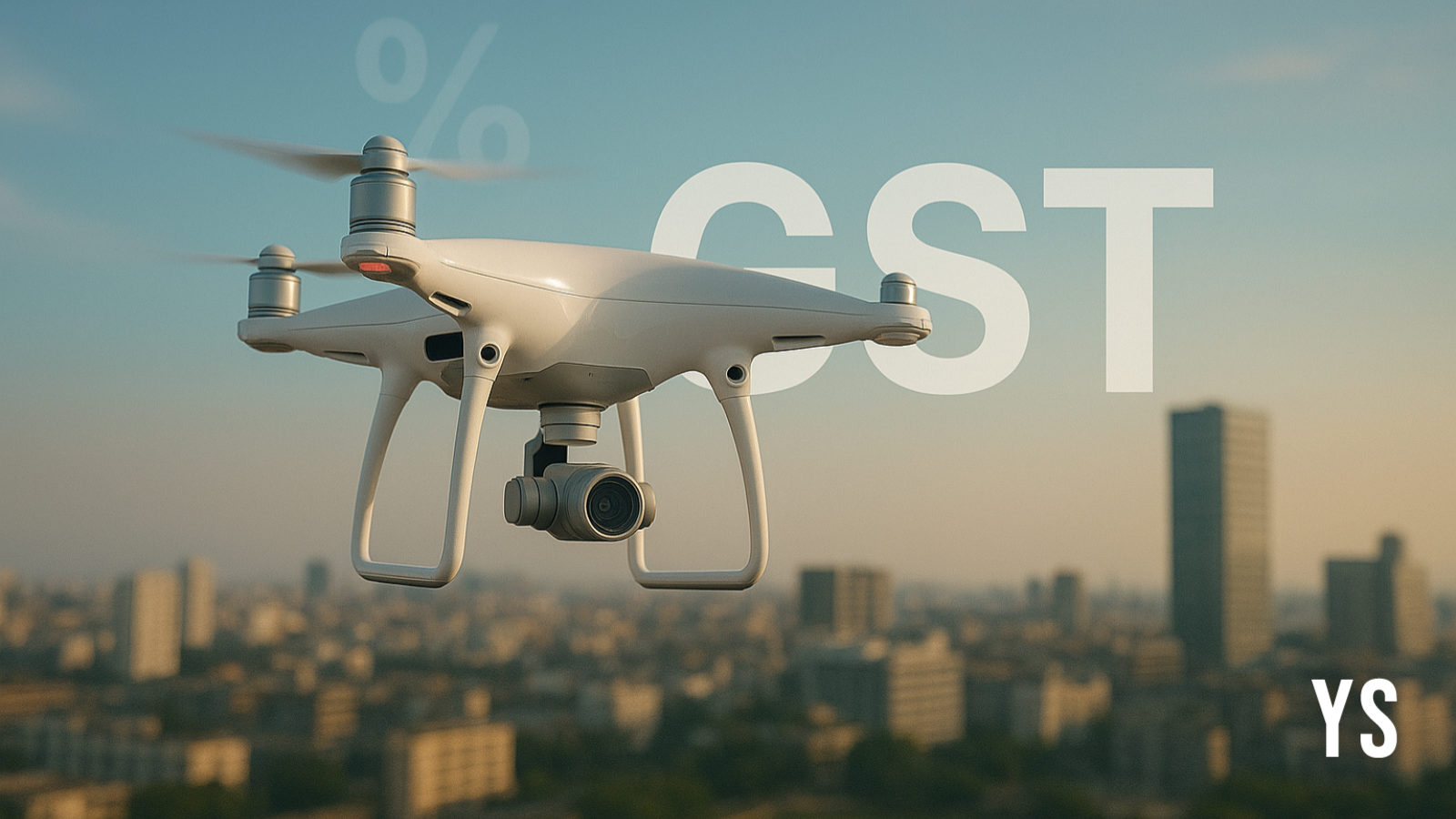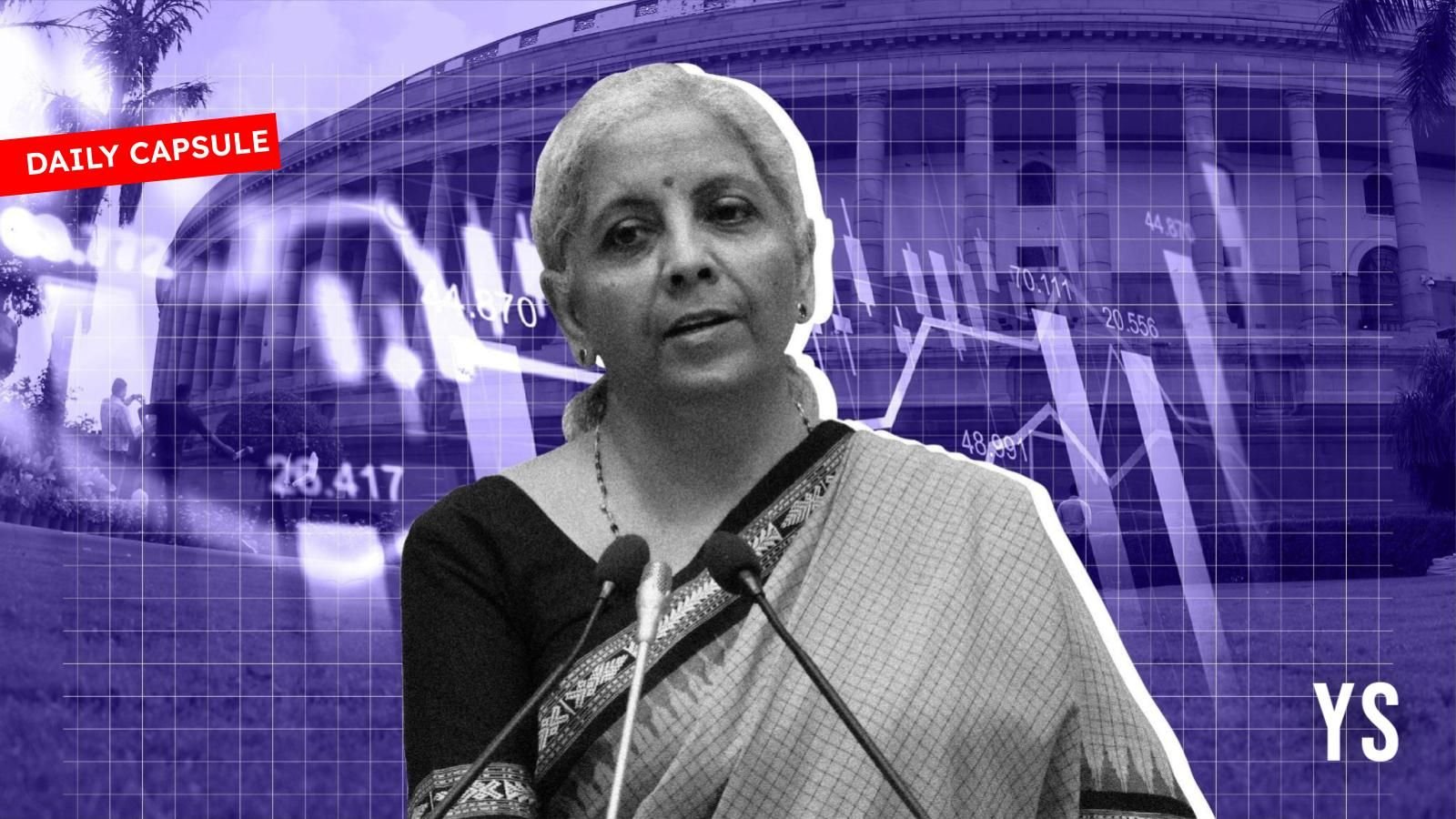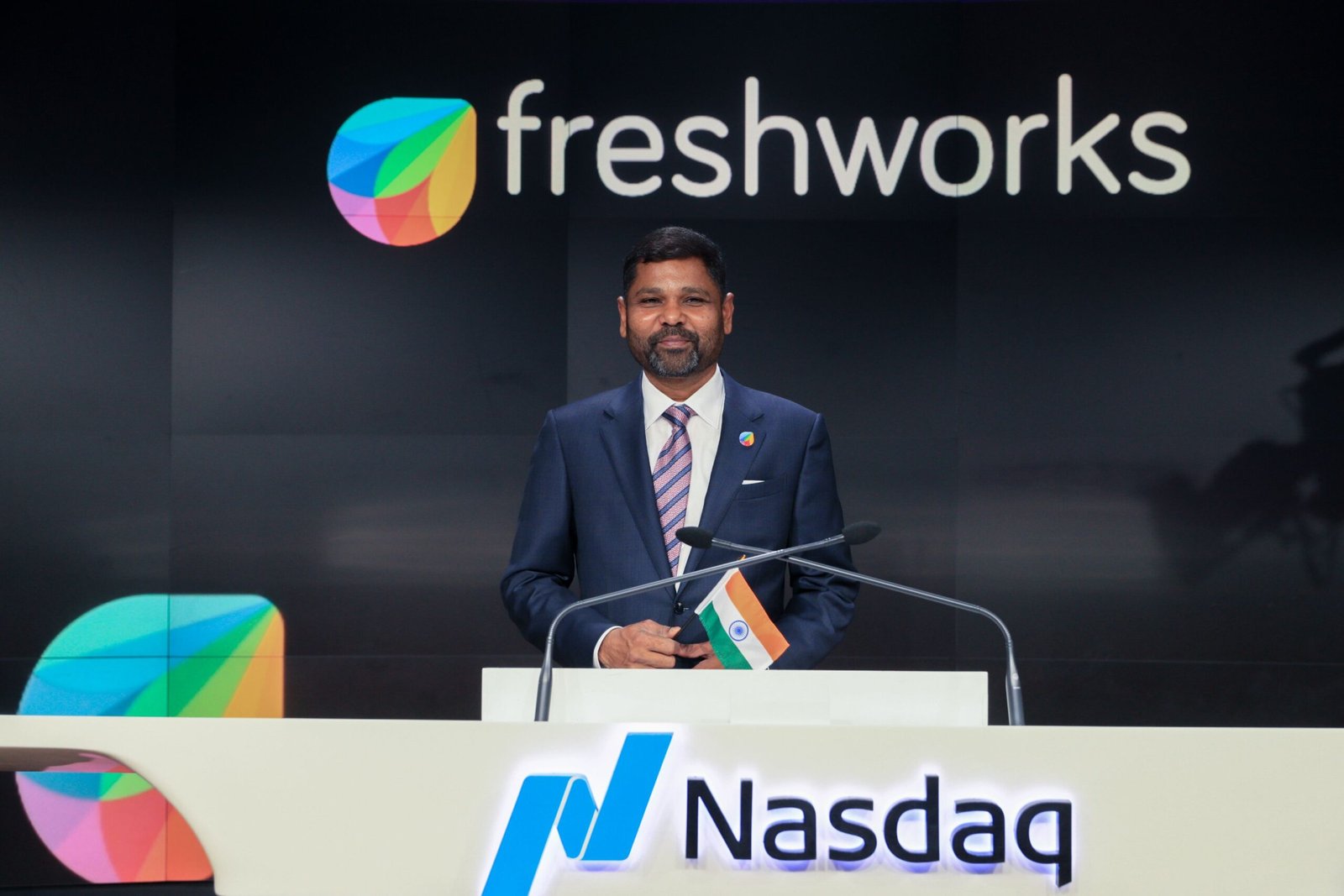Drones gain altitude under new GST reform


Until now, tax on the segment has been inconsistent, as drones with integrated cameras attracted 18%, and recreational models faced rates of up to 28%. The simplified regime removes those disparities and promises to ease compliance, reduce costs, and support wider use in fields such as farming, logistics and infrastructure.
Industry bodies greeted the announcement with relief. “This reform is a decisive step to make drones not only more affordable but also strategically important for India’s ambitions in agriculture, logistics, governance, and national security,” said Smit Shah, President of the Drone Federation of India. He highlighted that more than 600 startups have helped build the domestic ecosystem and that the sector has already attracted substantial private capital.
Startups and manufacturers were quick to spell out what the change will mean on the ground.
“The GST reduction to 5% marks a turning point for India’s drone industry. It makes drones more affordable and accessible, while easing compliance for innovators, startups, and businesses,” remarked Bodhisattwa Sanghapriya, Founder and CEO of IG Drones. “This will accelerate adoption across key sectors — defence, surveillance, agriculture, infrastructure, and logistics,” Sanghapriya added.
The point was echoed by Agnishwar Jayaprakash, Founder and CEO of Garuda Aerospace, who said the cut would “make drones more affordable for farmers, boost government initiatives and will also strengthen defence and disaster management with cost-effective solutions.”
Sanghapriya of IG Drones described the tax change as a catalyst for innovation that could help India emerge as a global drone hub by 2030, supporting indigenous manufacturing, exports and workforce development in both civilian and defence sectors.
Jayaprakash of Garuda Aerospace said the lower rate would improve affordability, drive demand at home and abroad, and provide scope to scale production, expand exports and reinvest in research and development, thereby strengthening competitiveness in international markets.
The policy comes at a moment when the numbers argue for scale. Grand View Research estimated the global drone market at about $73.1 billion in 2024 and projected it to reach $163.6 billion by 2030. India’s domestic market generated roughly $1.58 billion in revenue in 2024 and is forecast to expand rapidly to reach $4.83 billion by 2030, with hardware now the largest subsegment and services such as surveying, inspection and agricultural spraying growing fastest.
Tax relief alone will not solve every challenge. The sector still needs investment in training, airspace management, safety standards and batteries that offer better endurance at lower cost, according to experts.
The Council’s decision to exempt flight motion simulators, high-performance batteries and key communication devices from GST is therefore significant. It will reduce input costs for makers and trainers and should be paired with targeted incentives to spur exports and skills development.
The measures, cleared at the Council’s 56th meeting, are part of a broader overhaul that narrows the GST system to two primary slabs of 5% and 18%, with only a handful of goods taxed at 40%. The new rates take effect on September 22, providing the industry with a clear timetable for adjustment.
Edited by Affirunisa Kankudti
Discover more from News Hub
Subscribe to get the latest posts sent to your email.







